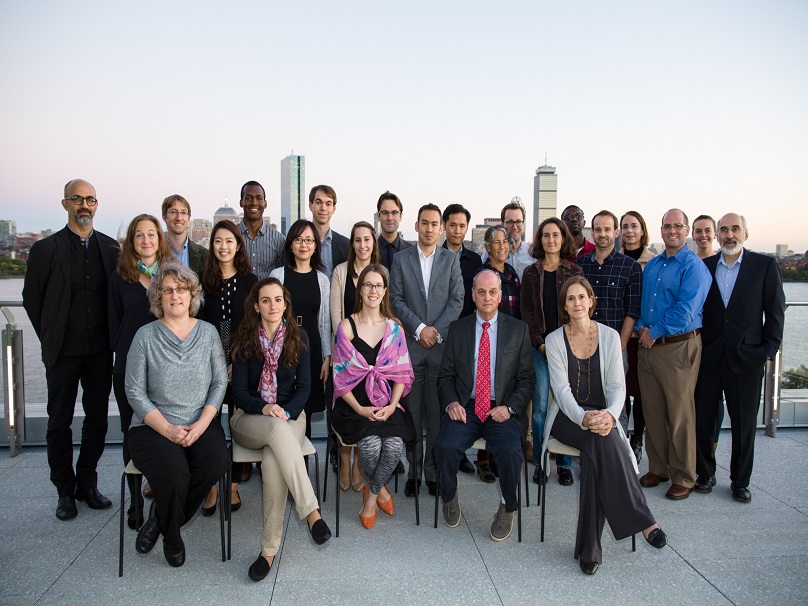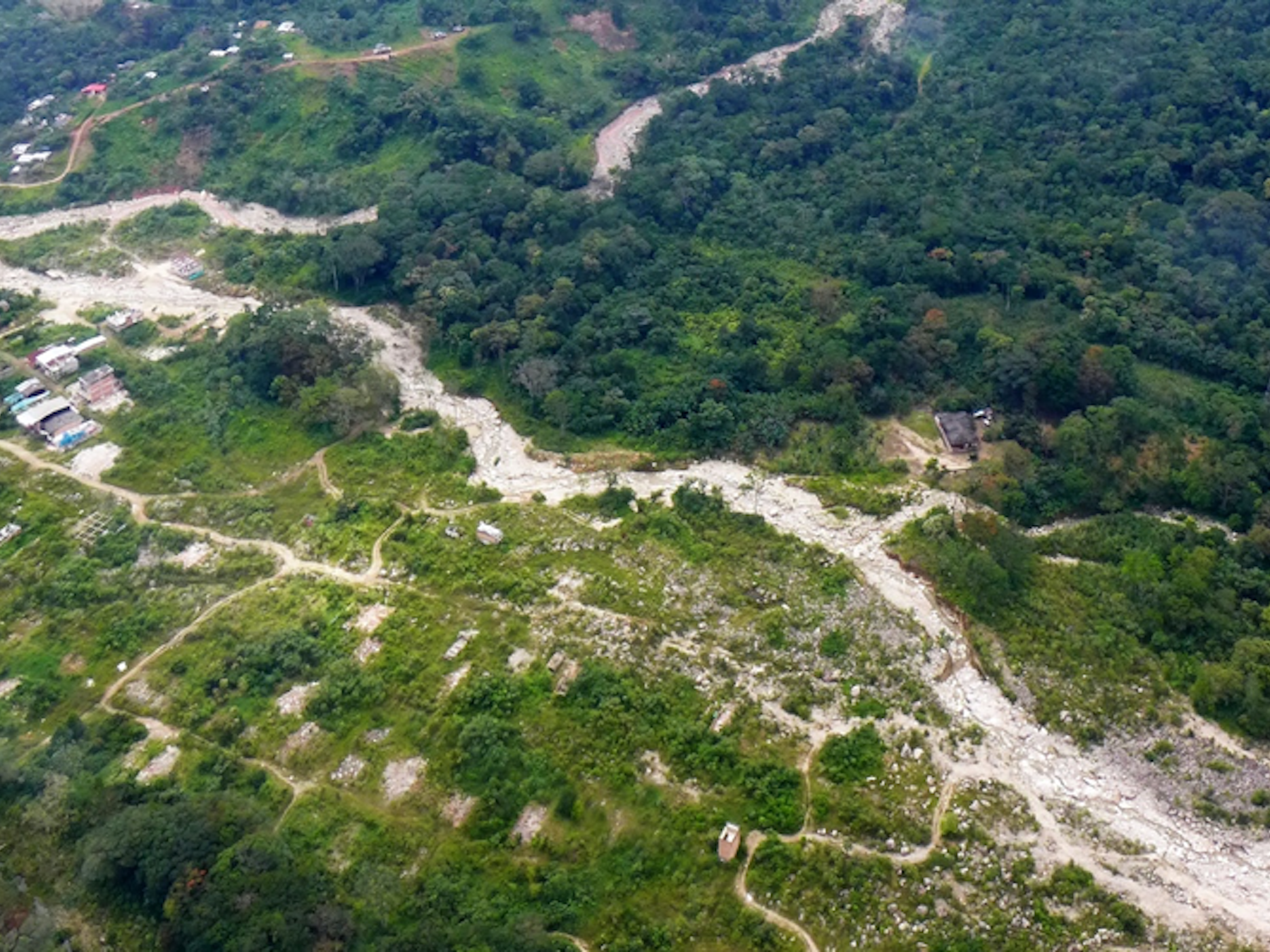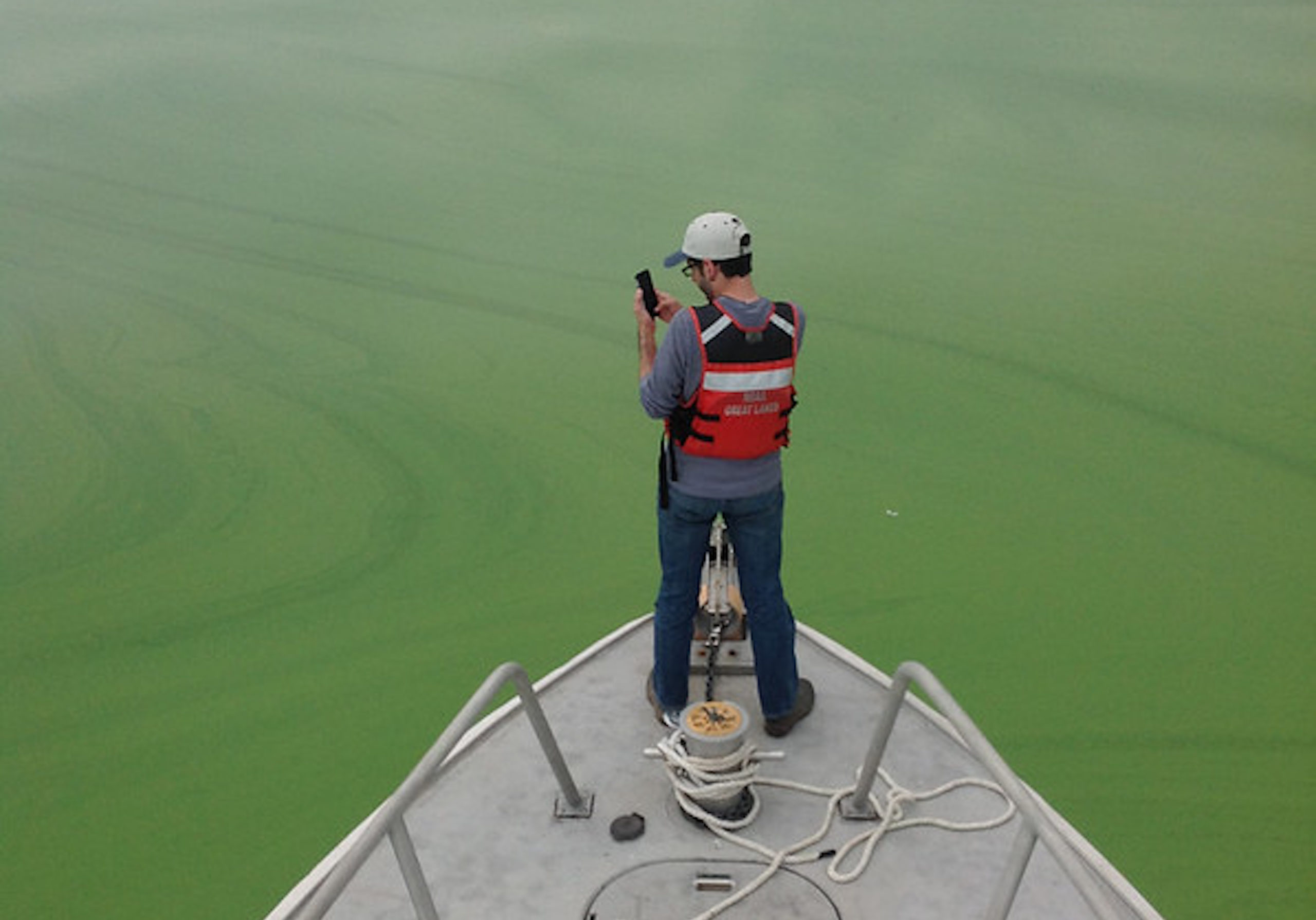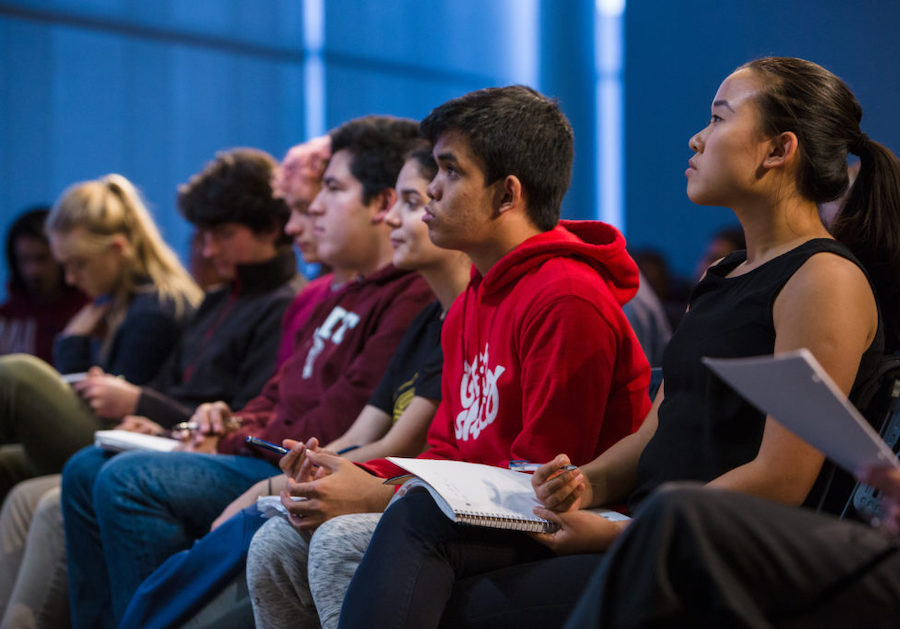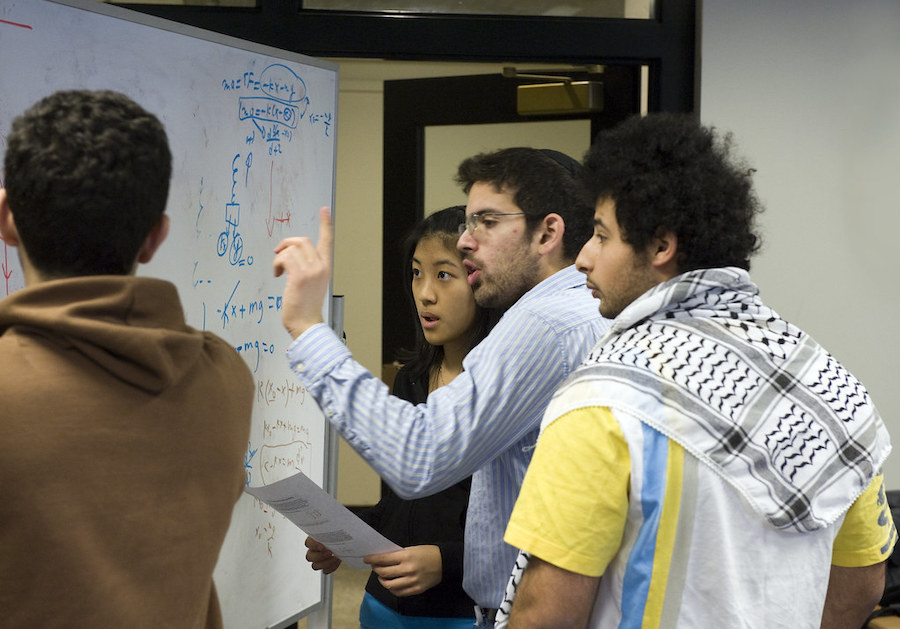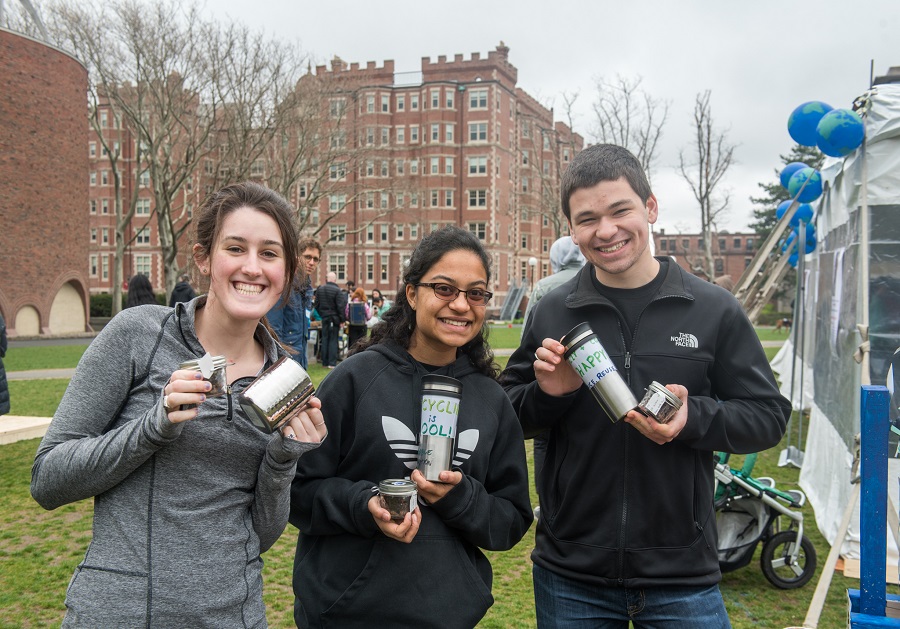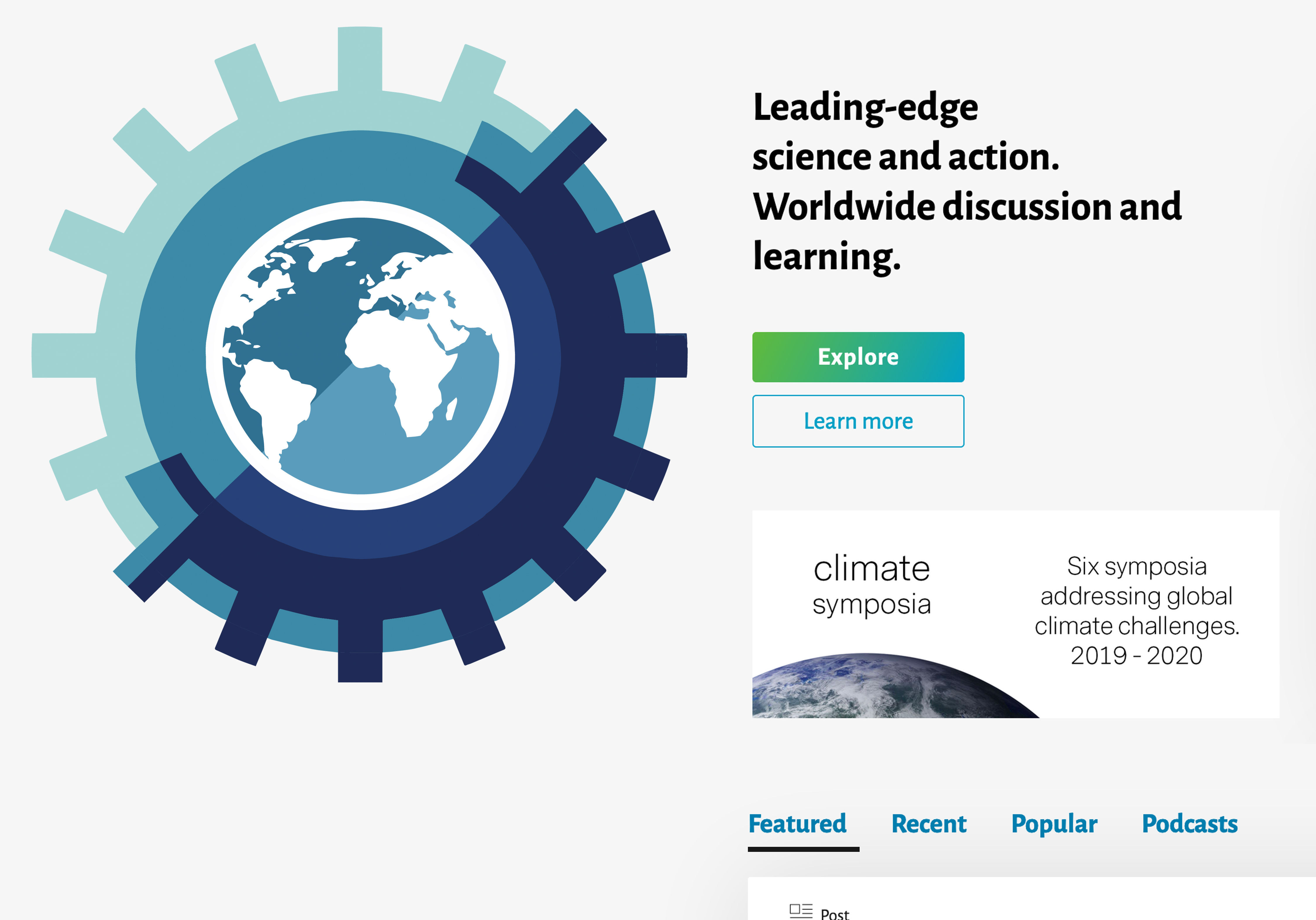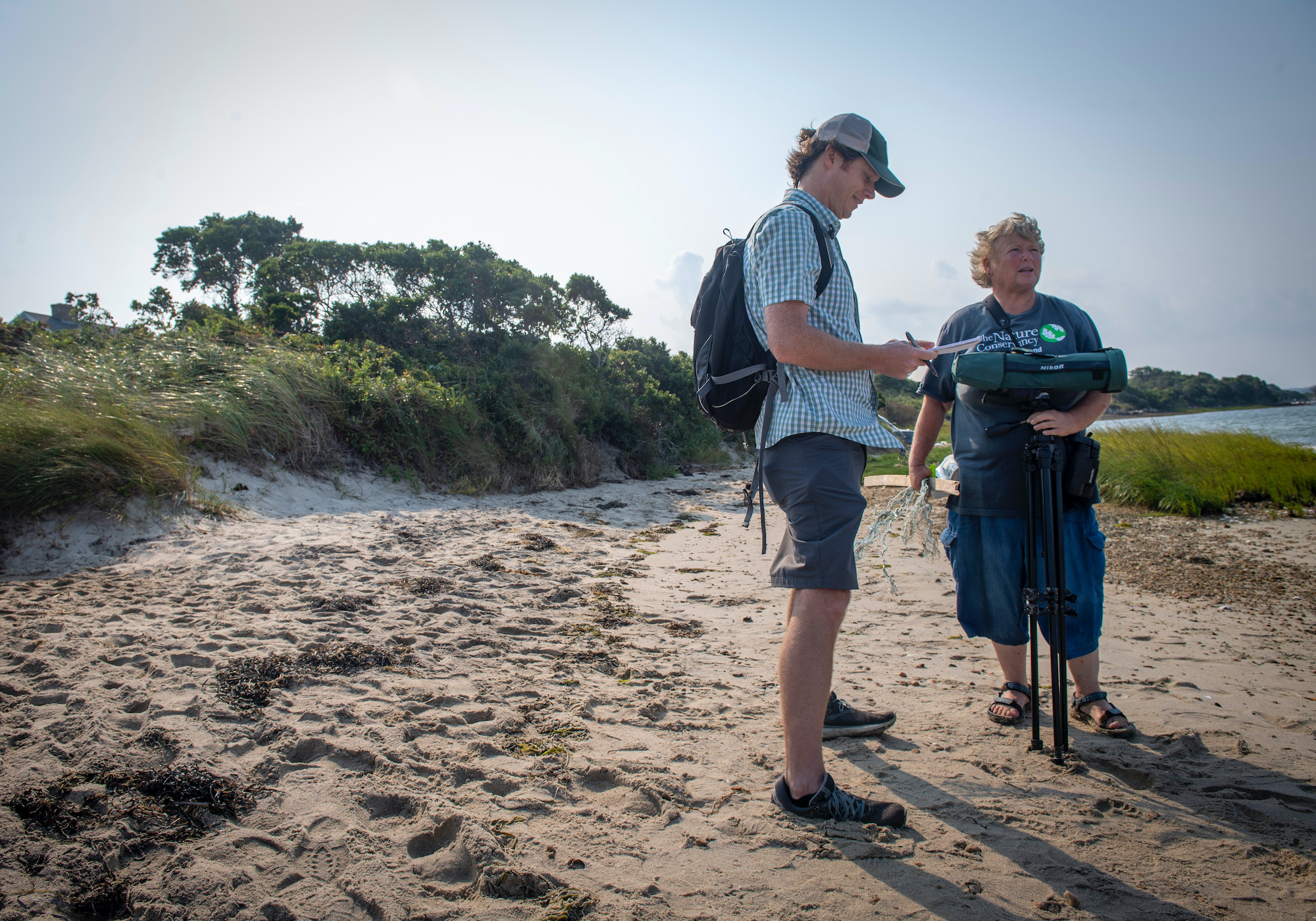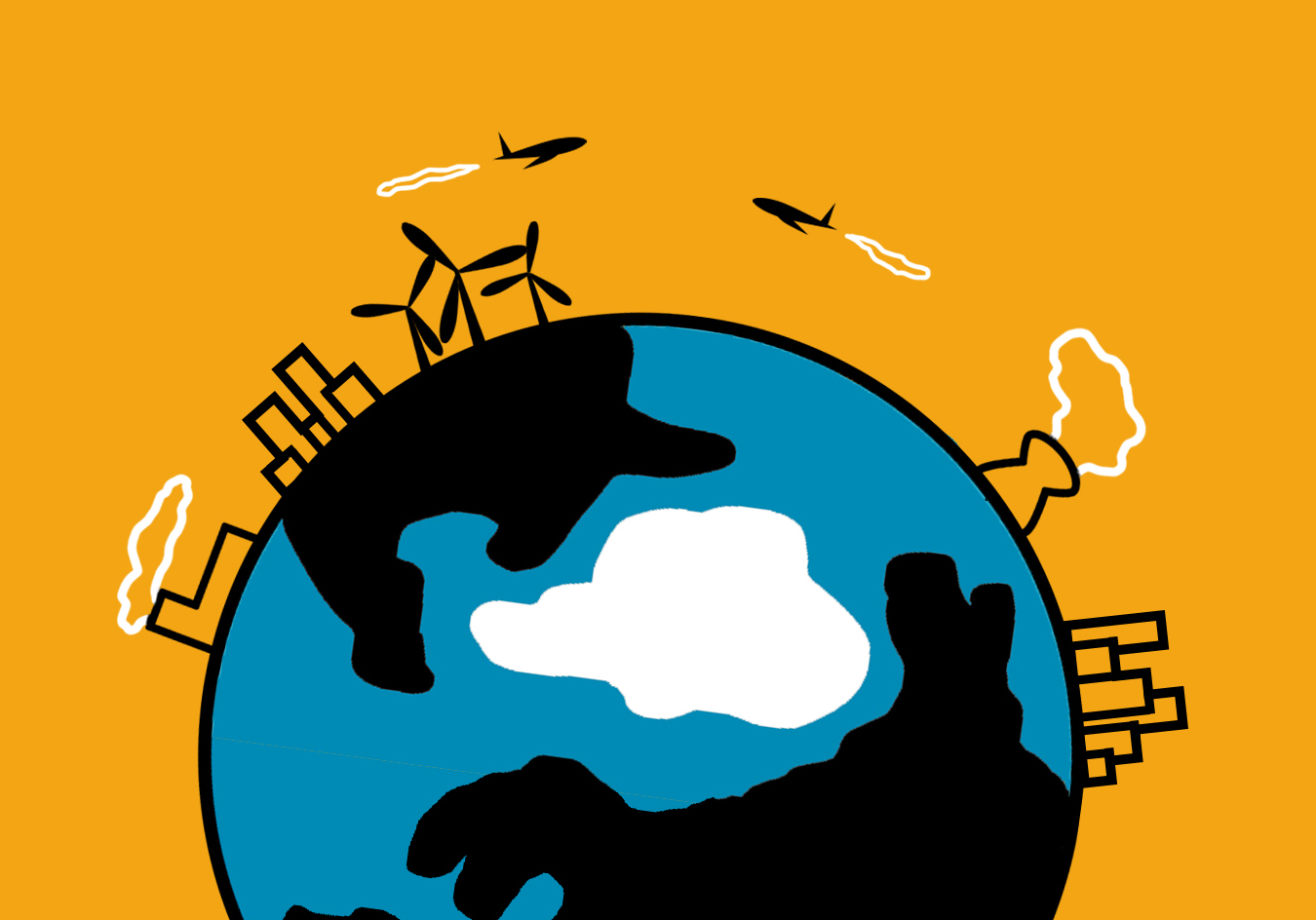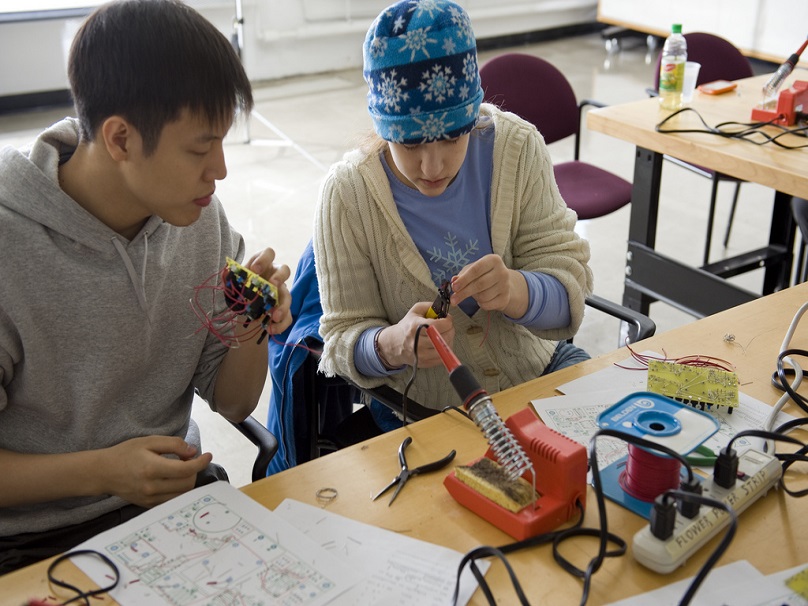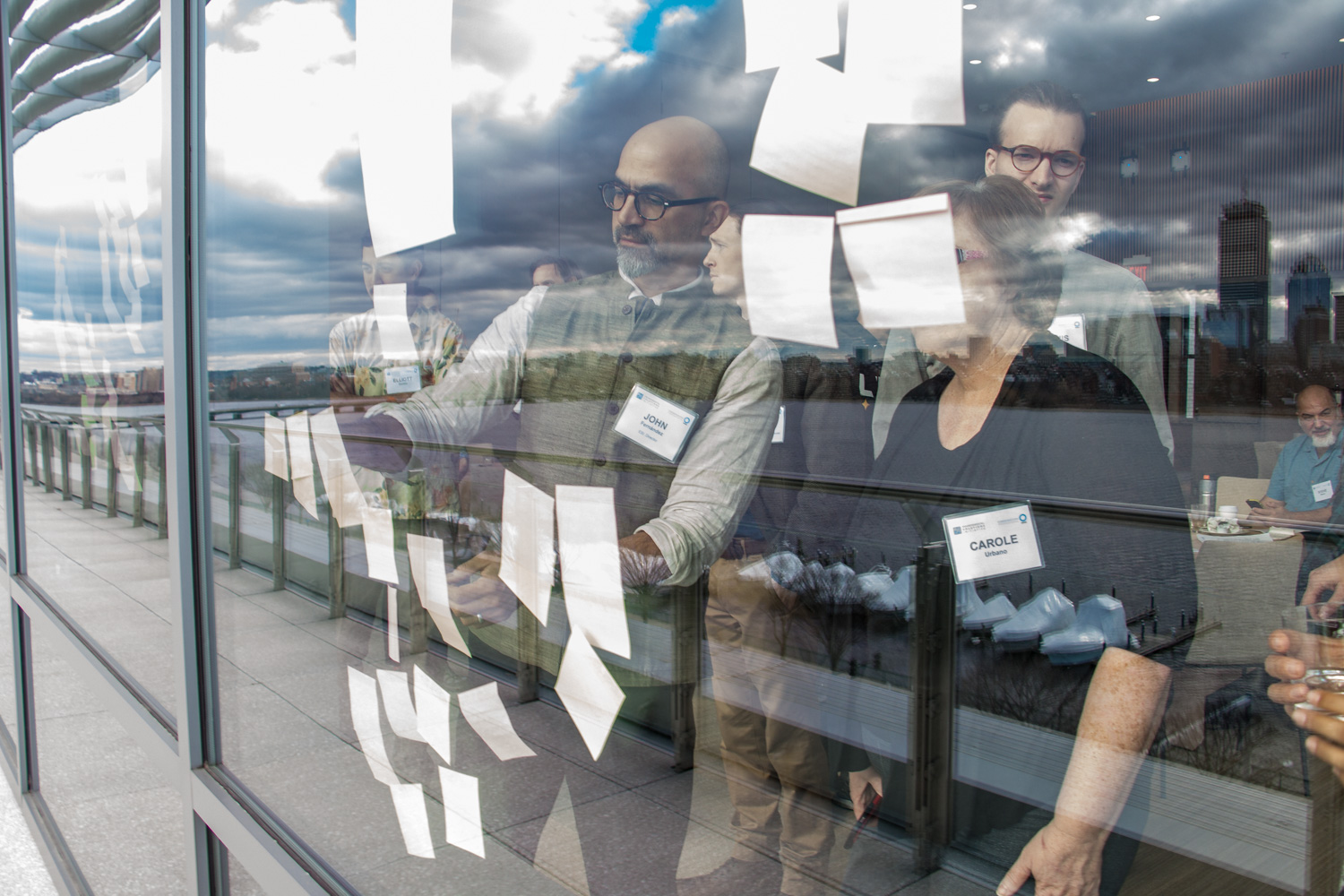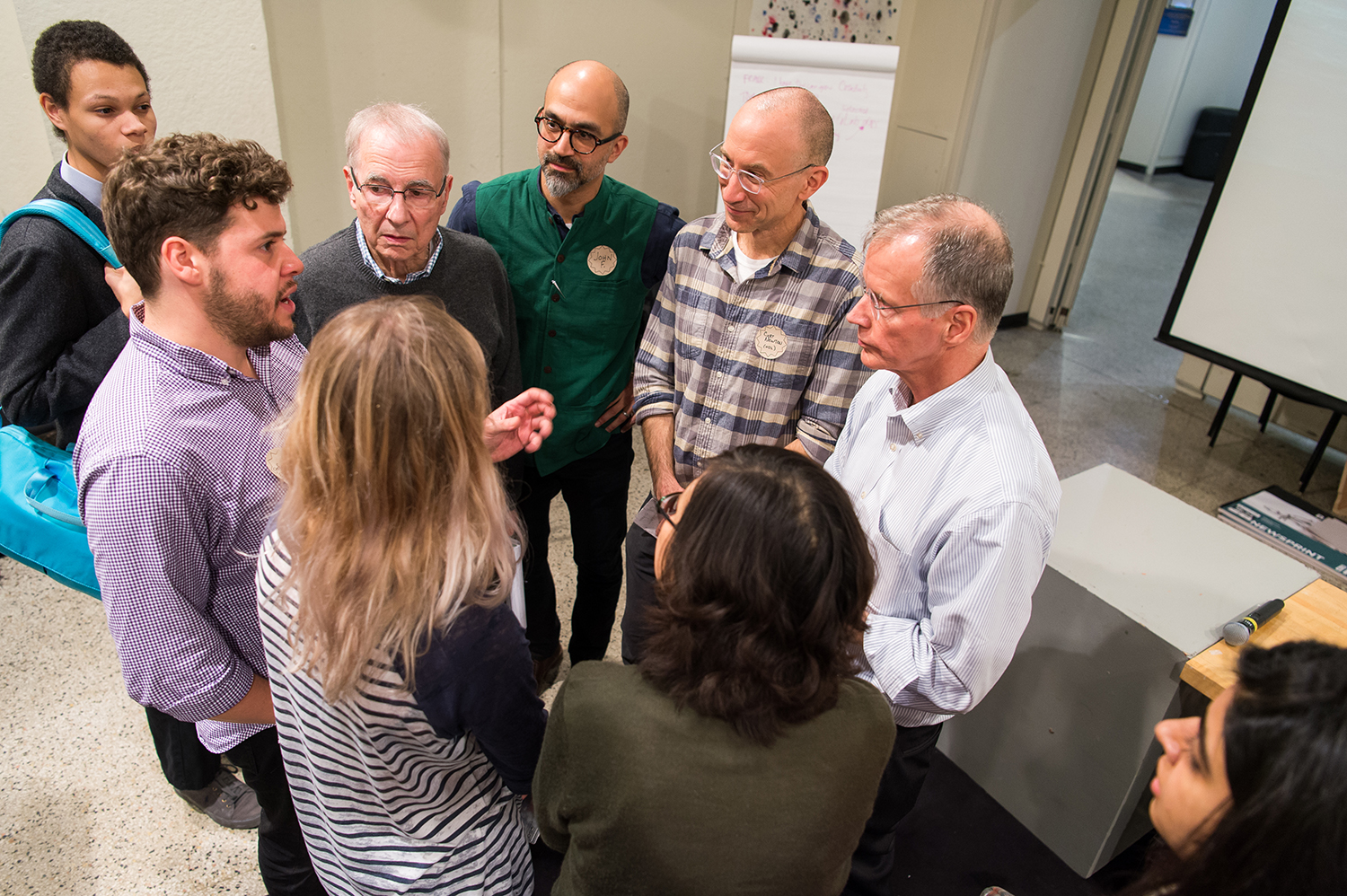Menu
News + Media
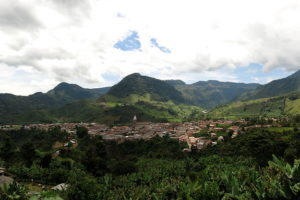
September 16, 2022
Artificial intelligence for urban biodiversity mapping
ESI's ECO-LENS project will equip two cities in the Colombian rainforest with new AI tools for mapping their green spaces and undertaking sustainable urban planning.

September 2, 2022
Three questions on climate justice with Briana Meier
An introduction to our newest postdoctoral associate exploring new partnerships for climate justice.
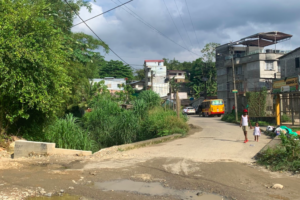
June 3, 2022
Biodiversity and Cities Summer Fellows
Jimena Muzio, MCP ’23, and Daniela Castillo, MCP ’23, will join the ESI as Biodiversity and Cities Summer Fellows.
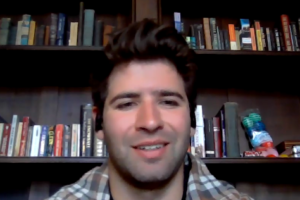
May 5, 2022
Student Sustainability Journeys: Eli Brooks
Eli Brooks 22' shares his academic journey through the E&S Minor.
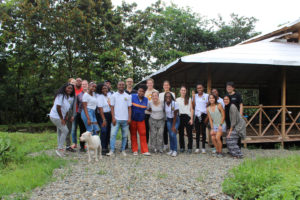
April 15, 2022
4.s23 Biodiversity and Cities: a Perspective for Colombian Cities Trip
ESI, in collaboration with the Vice-Minister of the Environment and Sustainable Development of Colombia, Nicolás Galarza Sánchez, and supported by MIT Latin American Office conducted a week-long fieldwork in Bogotá and Quibdó for the class “Biodiversity and Cities: a Perspective for Colombian Cities”.
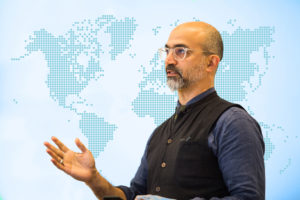
March 23, 2022
Letter from the Director: “Delay is the new denial,” March 2022
On February 24, ESI Director John E. Fernández participated in the first White House-level convening on the topic of “climate delayism” as part of a group consisting of climate experts and scholars of climate denial and misinformation.
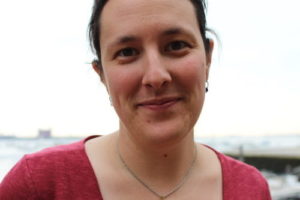
March 10, 2022
Three questions on environmental education with Sylvia Scharf
Sylvia Scharf, ESI's Climate Education Specialist, shares her experiences and thoughts on environmental education in our latest "Three Questions" feature.
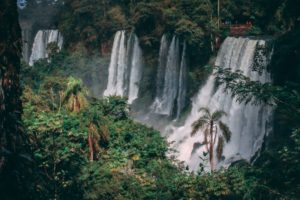
February 1, 2022
Environmental Equity and Racial Justice
ESI’s Luis Gilberto Murillo and Marcela Angel Lalinde have published an essay in Sur, an international journal of human rights issues in the Global South, laying out the opportunities for Afro-descendant communities in the Americas to contribute to climate solutions in ways that also address social, economic and racial injustices.
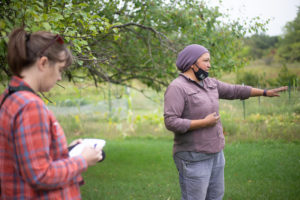
January 21, 2022
Bringing climate reporting to local newsrooms
MIT Environmental Solutions Initiative's inaugural Journalism Fellows reflect on their experiences telling local climate stories.

January 12, 2022
Three Questions on Energy Justice with Yiran He
An introduction to our post-doctoral associate in energy justice and transitions.

January 5, 2022
Two Basins in 2050
The Klamath River Basin will continue to grow warmer and drier over the next 30 years, but the impacts for those living there will depend greatly on decisions made now. By ESI Journalism Fellow Alex Schwartz. Illustration: Jenna Gibson/Herald & News
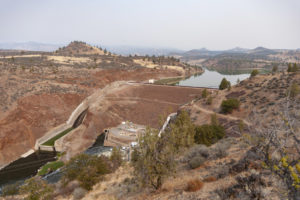
January 5, 2022
Blockage
The pending removal of two dams on the Klamath River has become a flashpoint in local conflicts over water use. By ESI Journalism Fellow Alex Schwartz. Photo: Alex Schwartz/Herald & News

